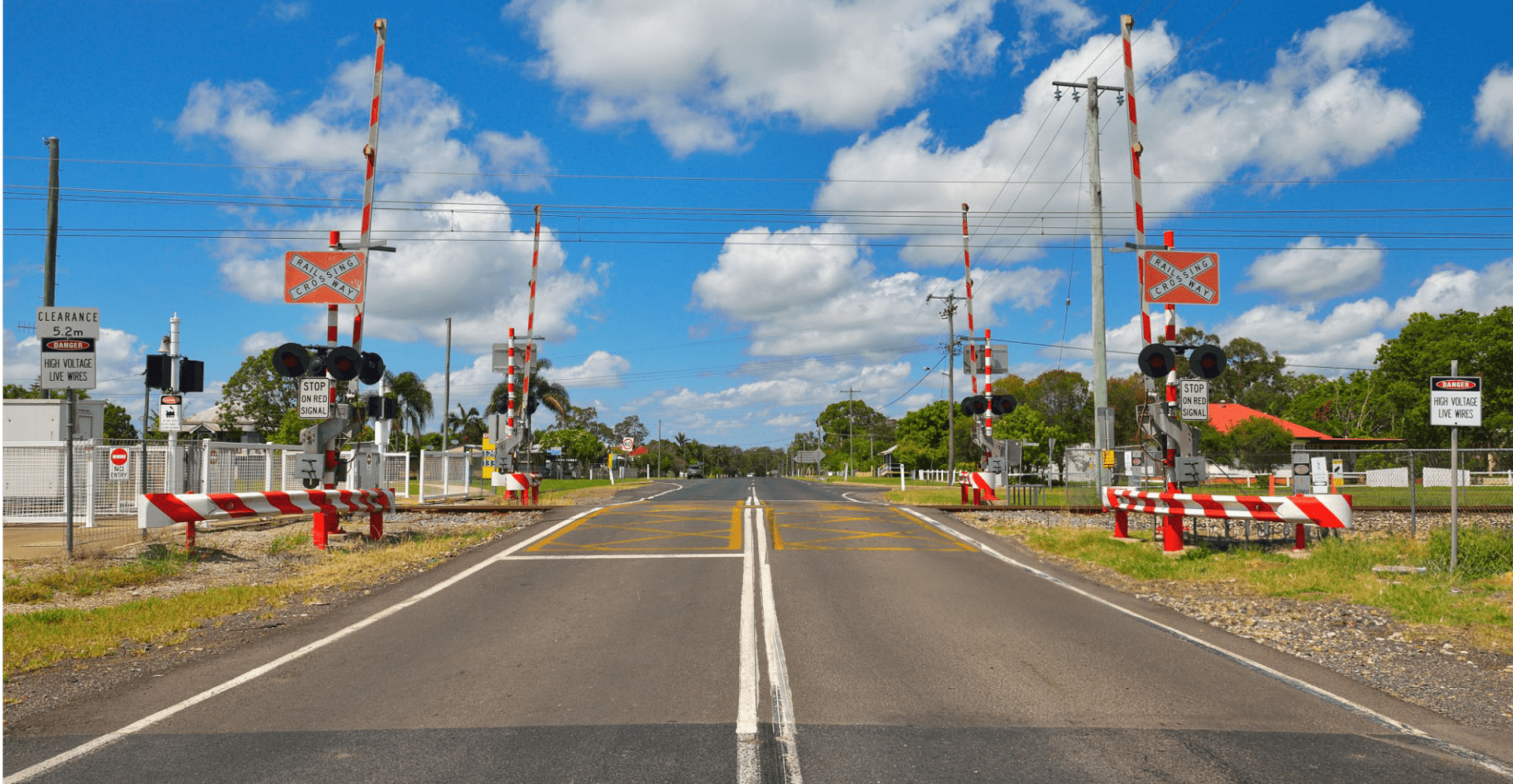It was 16 years ago, not long after I stepped off the plane to start a new life in Melbourne, that I became involved in a project that would have a significant influence on my career as a Transport Planner and Economist. The project was the Metropolitan Rail Road Grade Separation Program and we were tasked with analysing the 177 rail road level crossings in Melbourne at that time, identifying which sites should be the highest priority for grade separation. My initial role was to write the options assessment paper, though this evolved into leading the final stage of the level crossing removal prioritisation process.
At the time, I didn’t realise the subsequent opportunities this project would lead to. The prioritisation methodology we developed and implemented was presented in a 2009 Australian Transportation Research Forum (ATRF) conference paper. I would also go on to lead the business case development for five individual level crossing removal sites across Melbourne, as well as numerous other level crossing planning studies in Australia and overseas. I have also been a keen observer of the work of others to progress the understanding and analysis undertaken to assess level crossings. My Queensland colleague, Marion Guesnier, led the development of updates to the Australian Level Crossing Assessment Model (ALCAM) in relation to parameter values and risk algorithms. ALCAM has been applied across Australia.
Now living in Brisbane, I am again considering level crossing prioritisation. The South East Queensland (SEQ) City Deal includes a $2 million commitment from the Australian Government, Queensland Government and Council of Mayors (SEQ) for an Open Level Crossing Prioritisation study that “will consider short, medium and long term priorities to improve rail level crossing infrastructure”. Thanks to Melbourne’s level crossing blitz, our industry is now much more informed about the costs, benefits and opportunities associated with level crossing removals. But aside from being more informed, are we asking the right questions?
Is prioritisation the right approach?
Back in 2007, having filtered out 120 or so level crossings based on a closure assessment and exposure analysis, the remaining sites were prioritised through a multi-criteria analysis (MCA) framework. The MCA followed a traditional triple bottom line approach with a range of economic, social and environmental indicators that were developed and weighted during stakeholder workshops. This approach was enhanced with an additional strategic fit objective that assessed the role a particular road played within the wider transport network, for example a major freight route. This process was robust and achieved a great balance in terms of the cost efficiency and effort needed to be able to assess many sites in a consistent manner.
The issue with this type of prioritisation process, however, is that it does not explicitly seek to apply any type of constraint. For example, in a theoretical scenario where $1 billion was allocated for a program of level crossing removals, a prioritisation process suggests that you progress with projects from the top of the list until the budget constraint is reached. I wonder if prioritisation is not actually the right approach. Would we reach a different conclusion if we took an optimisation approach?
Optimisation seeks to incorporate the challenges that policy makers are trying to navigate, including equity (from an SEQ City Deal perspective, this could include accounting for fair distribution of investment across the SEQ Local Government Areas), political capital and budgetary constraints to identify the appropriate investment priorities. With an optimisation approach we can consider what is the program that maximises the success of our objectives, that is subject to an annual budget constraint and need for an equitable distribution of funds.
Recognising the benefits of taking an optimisation approach, combined with the opportunity to leverage advancements in artificial intelligence(AI), Arcadis has developed the Transport Strategy Optimiser (TSO). The TSO is a visual, interactive, anytime, anywhere experience, using cloud hosted software that provides a more intelligent, user friendly and flexible approach than traditional spreadsheet methods.

MINUTES
You have not accepted cookies yet
The TSO has recently been deployed to help Birmingham City Council – the UK’s second largest city – to shape their transport investment program across all modes within their portfolio. The TSO enabled rapid scenario testing to be conducted, varying the parameters (budget, distribution rules, relative importance of different objectives) live in workshops with key decision-makers. The algorithms within TSO ensured the (mathematically) optimum distribution of public funds in each scenario - in other words best bang for buck. Officers were empowered to respond to complex member or stakeholder questions quickly, facilitating agreement on the locally optimum portfolio.

Is grade separation the answer?
Another question that comes to mind when looking back at the work we did in Melbourne, is whether we were right to focus on grade separation as the answer. The indicators used in the MCA, especially for the social criteria, ultimately assumed a grade separation approach. Again, when I think about the need to be conscious of budget constraints, I am curious about a process that would enable us to identify where other treatments could be applied that would support the achievement of objectives at a far lower cost.
The rapid scenario testing abilities of the TSO would facilitate an expanded analysis whereby an investment program that has multiple aspects to it - such as grade separation, safety treatments, improvements to alternative routes - can be considered holistically. Of course, to do this reliably requires a little more effort from a transport planning perspective but with investment already made in a tool such as the TSO, there is more time and budget available to progress technical investigations.
An excellent opportunity for SEQ
In 2023 we know much more about level crossing removals than we did back in 2007. The benefits to community from the placemaking and urban design outcomes, even with elevated structures, disproves some of the assumptions we made in the past. I have no doubt that the upcoming program of works in SEQ will be aiming to incorporate the learnings from the extensive investment that’s been made in Melbourne so far.
Now is the right time to be evaluating the level crossings in SEQ. My arrival in Melbourne in 2007 coincided with the start of a rail planning focus in Victoria. From upgrades to the City Loop and Inner Core to the more substantial Regional Rail Link and Melbourne Metro Rail Tunnel, it was an exciting time to be a Transport Planner. All these years later, I feel the same way about SEQ. SEQ Rail Connect tells us of the current and future developments within the SEQ rail network and we know that population growth in this part of the world will require increased service provision, meaning longer boom gate down times and increasing safety exposure at level crossings.
There is no doubt that the level crossing prioritisation process to be completed in SEQ will be more informed than any of the predecessor studies, but I think as well as being more informed, there is potential to reframe the questions that are asked. Let’s design a program that considers a range of treatments, recognises funding constraints and seeks to optimise the outcomes sought by Government in a way that is equitable for the SEQ community.


